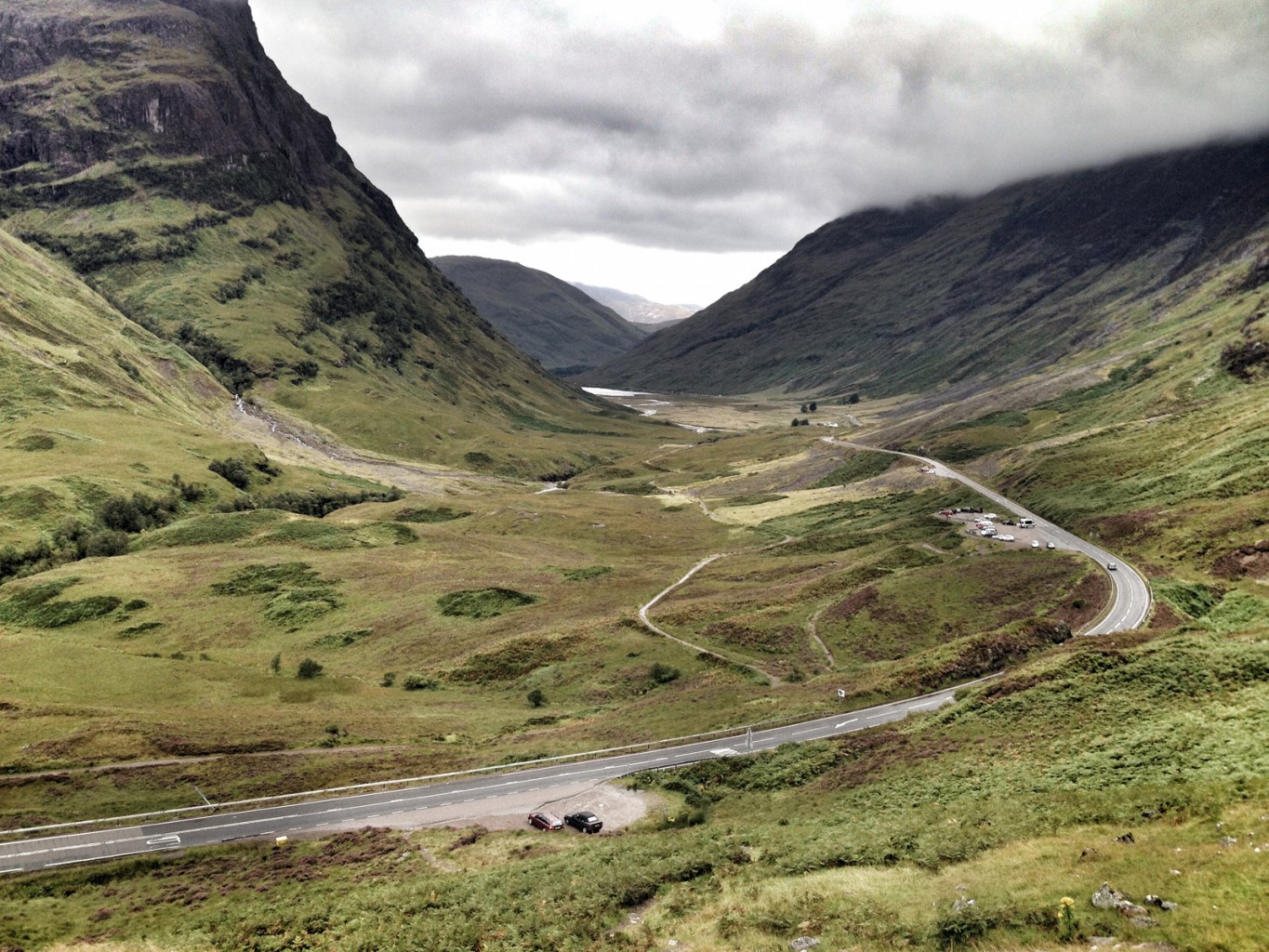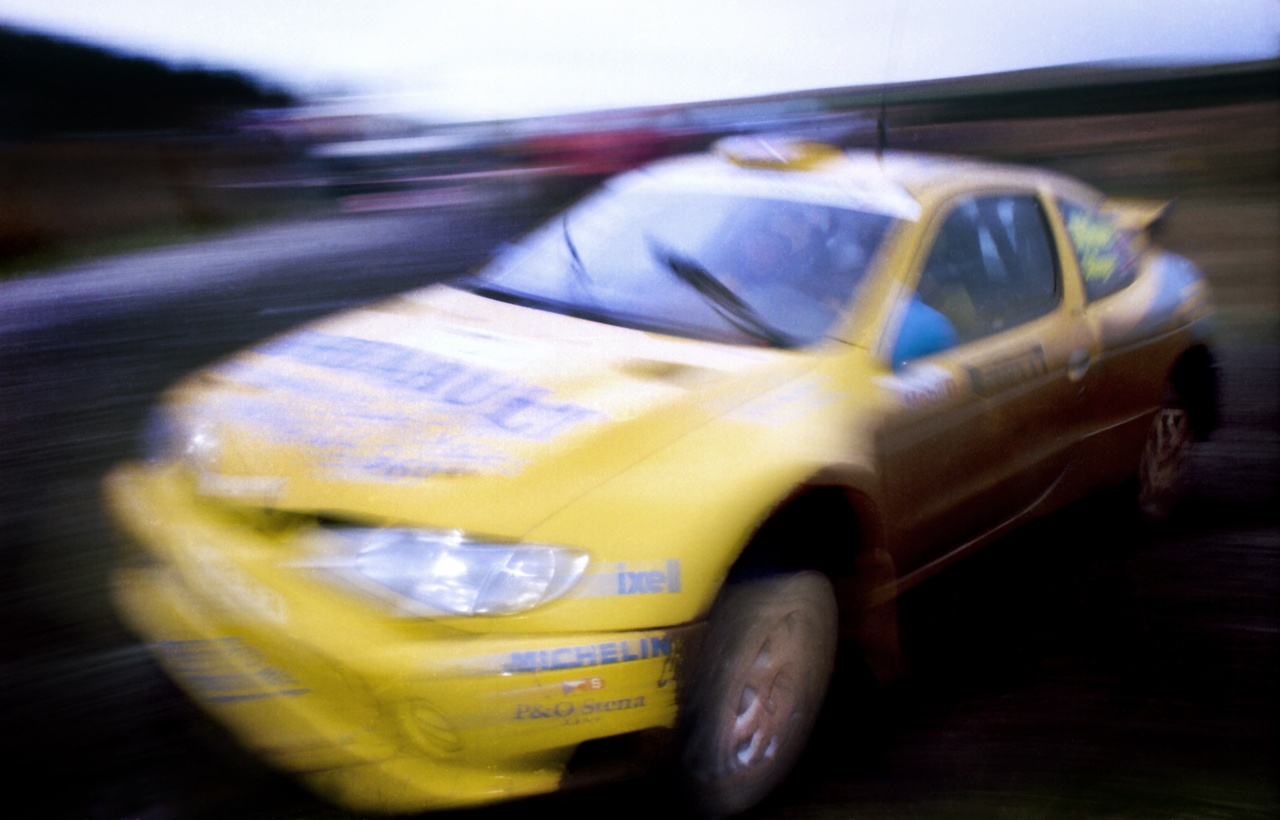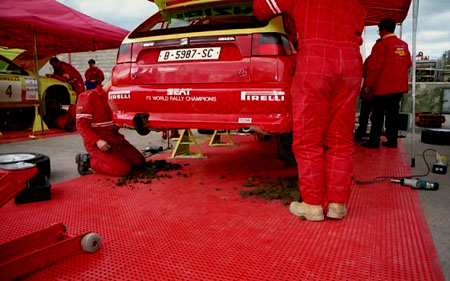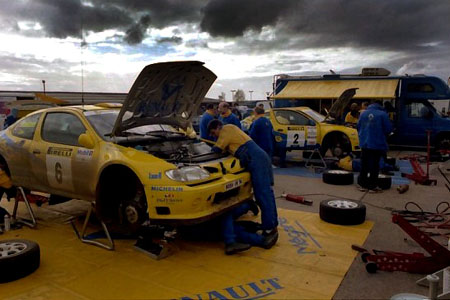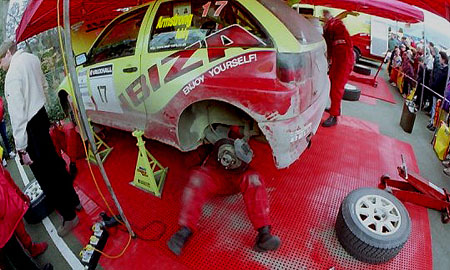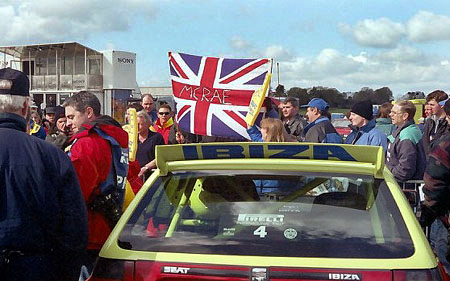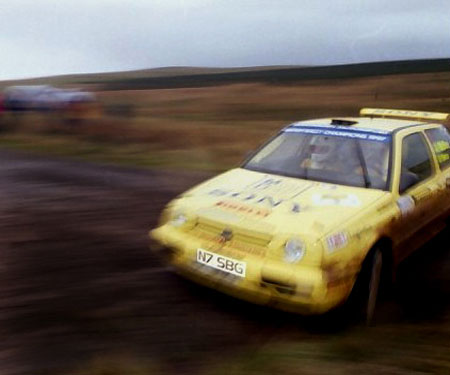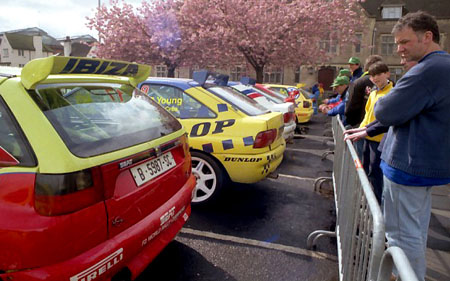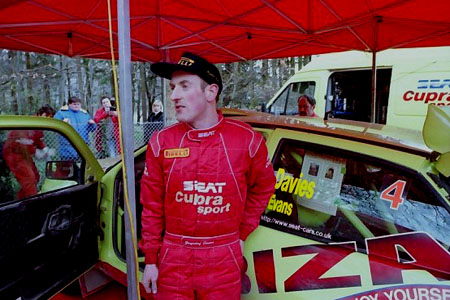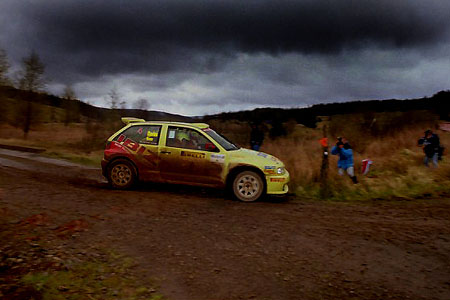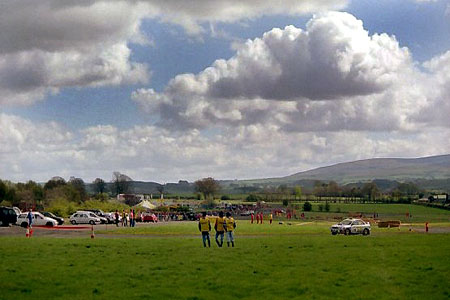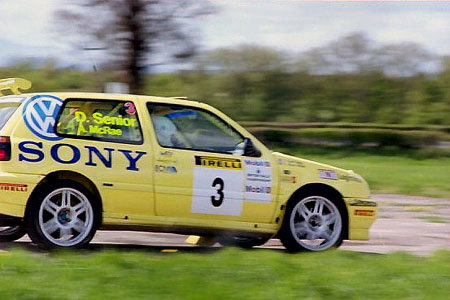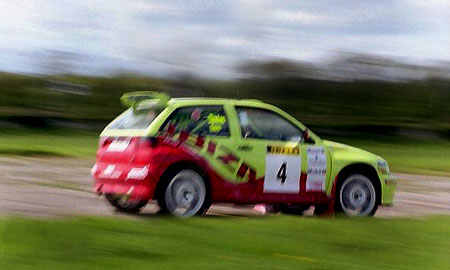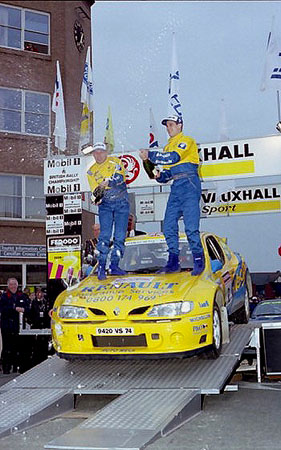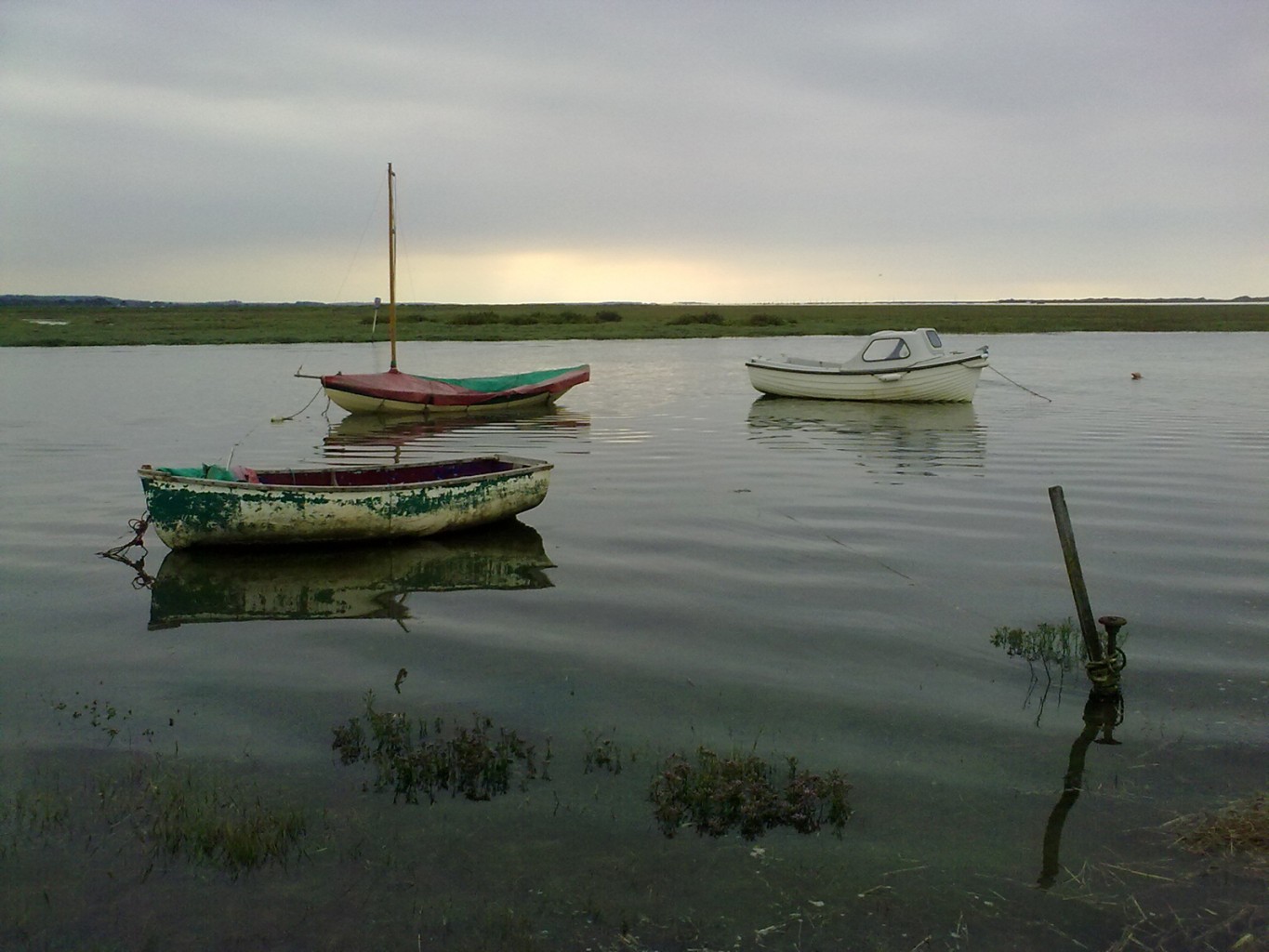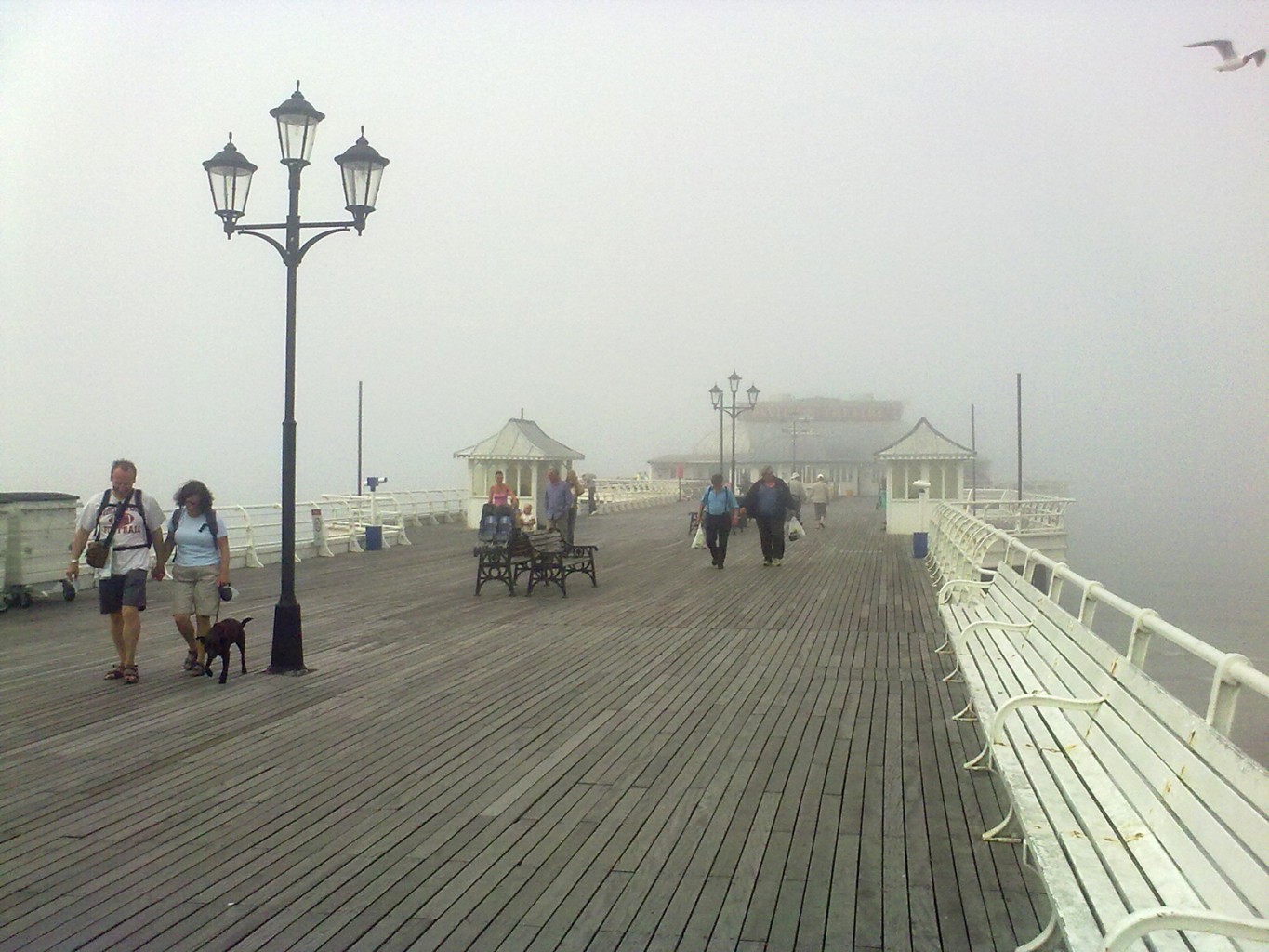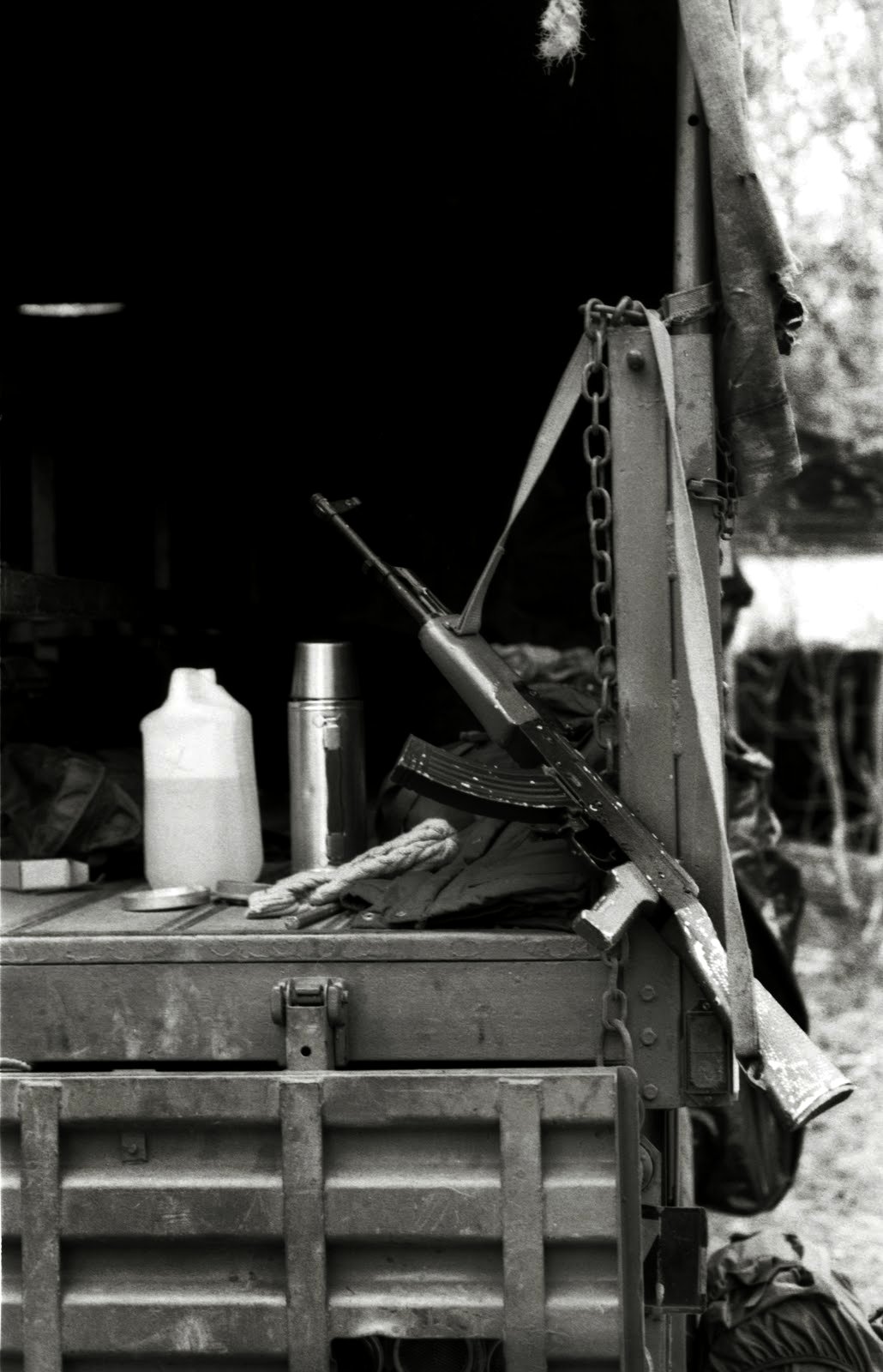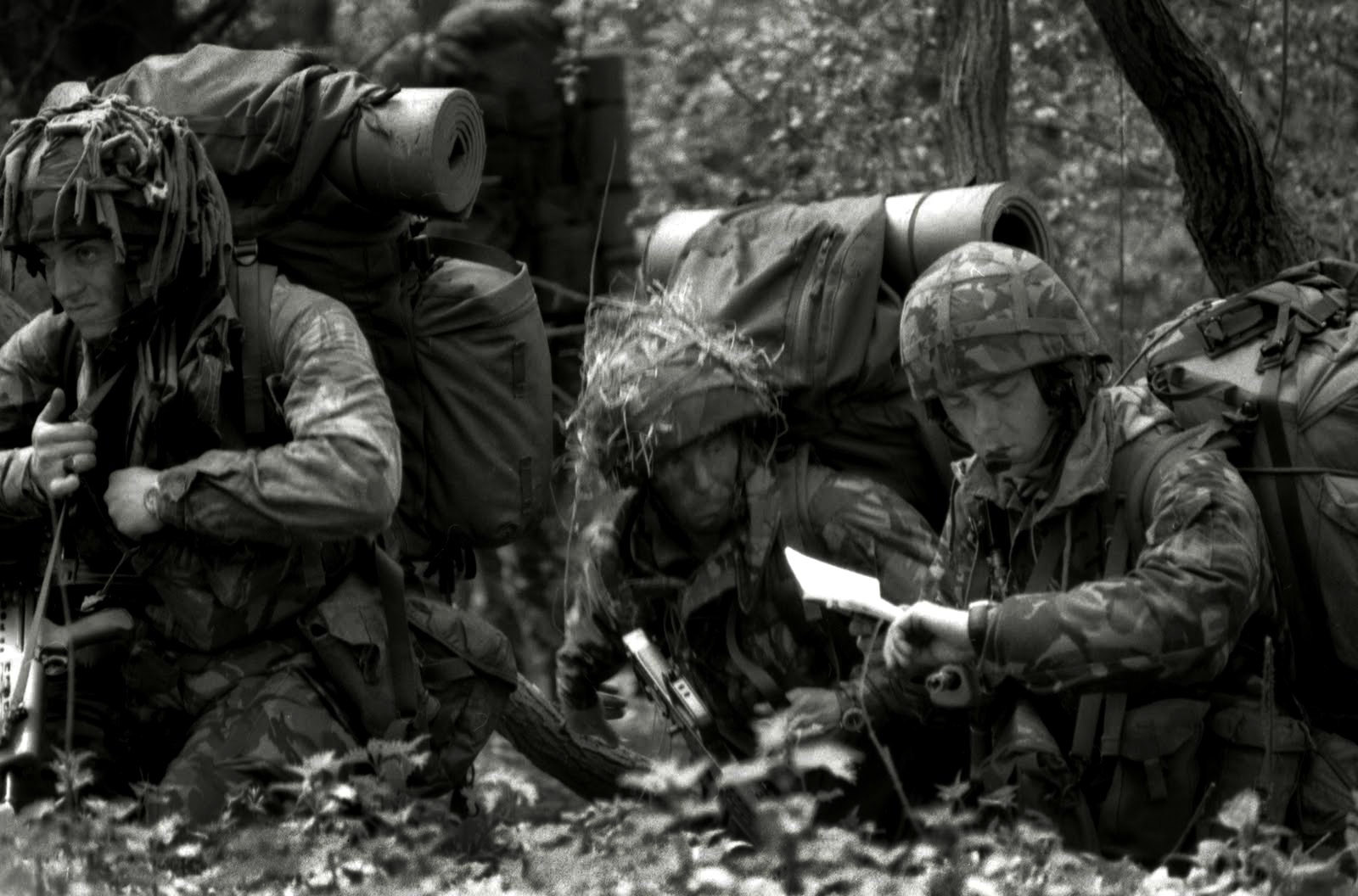The Glencoe Path
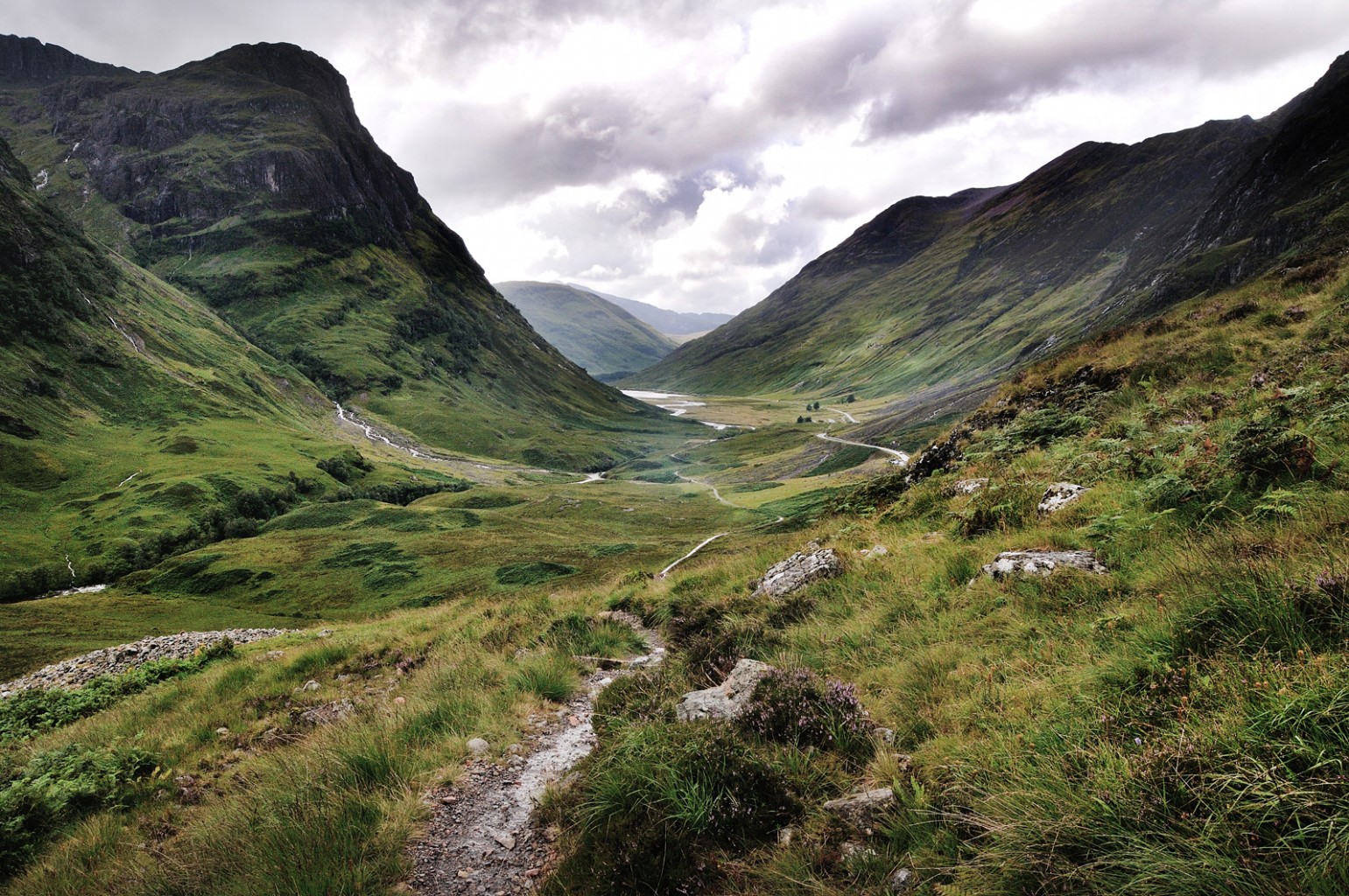
The importance of staying at home is critical during this COVID-19 situation. You can’t help but think that mother nature has got a slightly cruel sense of humour though. Often Spring in the UK can be cold, wet and rather horrible, but at a time when we all have to stay in, it has so far been wonderfully bright and warm. So be it. Maybe the bright days are better than grey depressing ones during this pandemic. The outdoors can come to me,
Recent events have given me a little time to have a think about my favourite locations and the photographs produced during visits over the past few years. Over the next few weeks, I’ll be posting some of my favourite landscape images. I’ll delve into the roots of the photograph, how it was taken and the why the location appealed so much.
The Planned Picture
I start with my 2015 photograph of Glencoe, a landscape image that I’d wanted to make for a long time. Driving along the A82, that runs through Glencoe in the Highlands of Scotland for the first time in 2012, the scenery quite literally blew me away. It’s probably one of the best roads to drive in the UK and the mountain scenery is just stunning.
I really needed a good location for the photograph and some decent weather. Finding the place to shoot the image was relatively easy to find. I eventually came across the location by accident while stretching my legs after a long drive. The weather was always going to be the deciding factor.
Watching the patches of light and darkness quickly dancing across the mountains as the shadows from clouds wept over the mountain tops was just magical. Almost spiritual. I felt at home amongst those mountains. All I needed to do was to do some justice to the landscape with a camera.
Mention Glencoe and the story of the massacre soon comes into the conversation. Over the years the story of billeted British troops killing their hosts the MacDonalds in 1692 have equally horrified and fascinated people. History and myth can, however, become entwined so tightly that fact and fiction start to blur. Part of the fun of reading Scottish history is trying to untangle the actual history from myth. Glencoe continues to feed the imagination of visitors and the massacre just adds to the atmosphere.
An excellent overview of the events can be found via the BBC’s ‘In Our Time’ podcast from 2010 where the massacre was discussed in some detail by a panel of historians. The podcast can be downloaded at https://www.bbc.co.uk/programmes/b00pxrr7
Along the Path
The path seen in the photograph heads up the side of the mountain and is a route I’d like to explore further in future. I liked the idea of having some depth to the image and the pathway was perfect. The viewer feels like they are on the path, walking the route. It also guides the viewer through the picture.
The path is located not far from the main Glencoe ‘viewpoint’ car park but doesn’t seem to attract the anywhere near the numbers of people you’d expect. The reason may be the walk involved rather than getting the easy view from a car. In previous years the visit to Glencoe was just a brief rest stop on the way to Skye so my time was limited as I needed to carry on driving for a further two or three hours.
In 2015 I was staying just down the road for a night in an effort to break the journey up to Skye. I’d found that driving the whole distance up to Skye from Newcastle was perfectly doable but you ended up being worn out for the first couple of days after arrival. An overnight stay along the route made all the difference!
A Gap in the Clouds
The weather was always going to be a factor for getting the photograph. Ironically the day the image was taken the weather on the journey up through the highlands was very wet and dull. The chance to photograph Glencoe looked highly unlikely. However, while crossing Rannoch Moor things initially looked bleak but then started to brighten upl. A gap in the clouds suddenly appeared, the rain stopped and by the time the car had reached the parking place the day was significantly brighter.
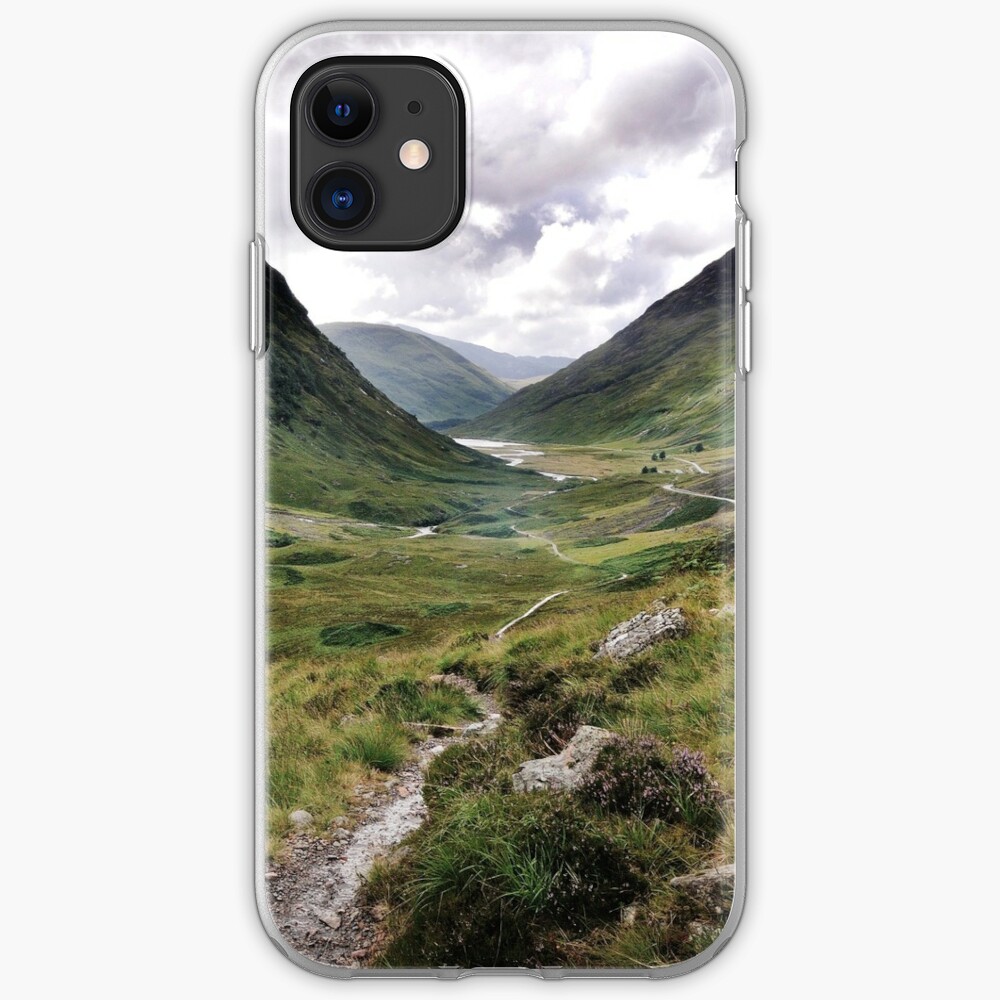
The picture didn’t need blue skies and fluffy clouds, in fact, I prefer the more dramatic sweep of clouds. There is still a threat of rain in those clouds. A hint of menace. Maybe some of that Glencoe appeal comes from the sense of menace in the landscape. The massacre history just adds an extra layer to that dramatic landscape. There is also an impression that not much has changed in the landscape as the years have gone by. The place is almost timeless – once you get away from the road. Sometimes you do expect to see a party of Redcoats come along the mountain path pursuing MacDonalds through the Glen.
The Glencoe Print
There have been two versions of the print. The current version is a brighter image with better colour saturation than the first print. While the first print did look great, I came to realise that the image was too subdued. It was also too dark in tone. The lush green landscape of Glencoe was being stifled.
One surprising success for the photo is as a phone case. Many people seem to love the depth to the image and the central area of the photograph fitting in neatly on the back of an iPhone or Android phone case. For phone and iPad cases and 63 other Glencoe items including t-shirts, mugs, postcards, throw pillows and framed prints CLICK HERE
Check out the RedBubble store for more prints and items at https://www.redbubble.com/people/richflintphoto/shop

